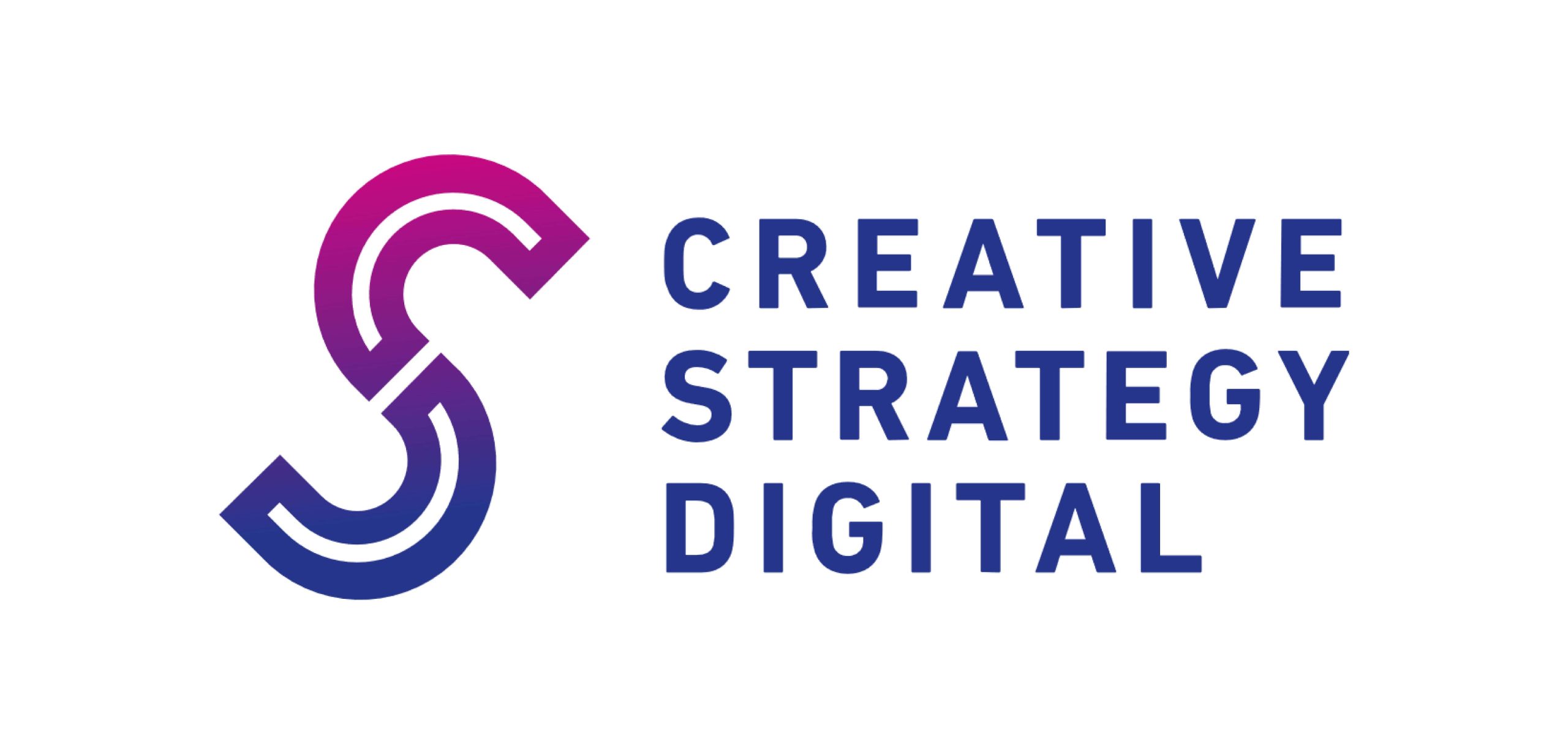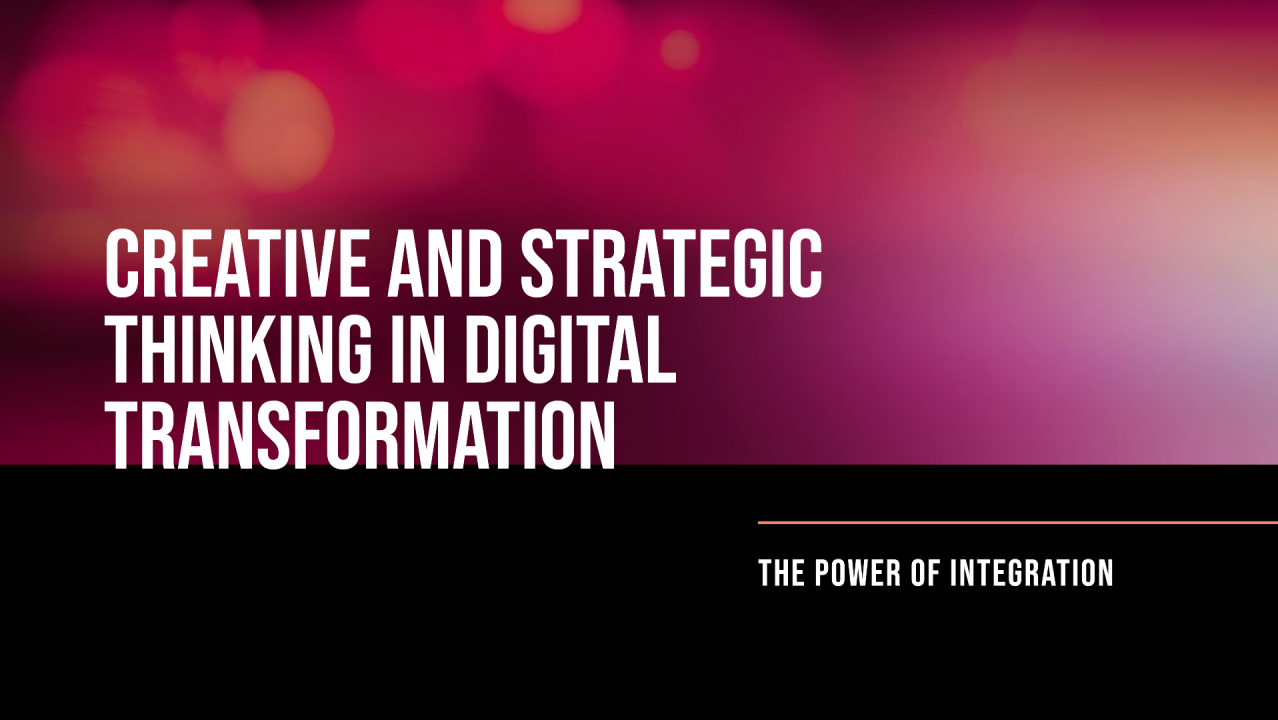5 Media Strategy Frameworks You Can Start Using Today
In today’s digital age, a well-planned media strategy is crucial for businesses aiming to build brand awareness, connect with their target audience, and drive measurable results. Whether you’re a marketer, business owner, or part of a marketing team, leveraging the right media strategy frameworks can set you on the path to success.
But with so many options out there, how do you choose the best one for your brand? Here are five media strategy frameworks you can start using today to supercharge your campaigns.
1. The PESO Model: Paid, Earned, Shared, Owned
The PESO model is a comprehensive strategy that combines four types of media to amplify your message across different platforms. It allows you to create a balanced media plan that integrates both paid and organic efforts.
- Paid Media: This includes advertising, sponsored content, or any form of media you pay for to get your message out. It’s a quick way to reach a large audience and drive targeted results.
- Earned Media: This type refers to publicity gained through media coverage, reviews, or word-of-mouth. It’s earned through PR efforts, SEO, and influencer relationships.
- Shared Media: This is content that is shared on social media platforms or any online community. It can include retweets, reposts, or shared videos that help you extend your reach.
- Owned Media: This includes the channels you control, like your website, blog, email list, and social profiles. It’s your foundation for building long-term relationships with your audience.
By integrating all four aspects of the PESO model, you can create a holistic strategy that balances short-term goals with long-term brand growth.
2. The 4P’s Framework: Product, Price, Place, Promotion
The 4P’s framework is a classic marketing model that focuses on the key elements that influence a consumer’s decision to purchase. It’s an excellent framework to use when developing a media strategy for product-based campaigns.
- Product: Ensure your product meets the needs of your target audience. Your media strategy should highlight the features, benefits, and unique selling points of the product.
- Price: Price sensitivity plays a major role in your media approach. For example, if your product is premium, your media content should align with a more exclusive, high-value message.
- Place: This focuses on where and how you’ll distribute your product. Are you selling it online, in-store, or both? Your media strategy should match your distribution channels.
- Promotion: Finally, think about the ways you will promote your product. This includes advertising, public relations, and special offers. A good media strategy will combine traditional media and digital channels to ensure maximum visibility.
The 4P’s framework is timeless and remains highly effective for creating structured campaigns that align with your product and brand positioning.
3. The RACE Framework: Reach, Act, Convert, Engage
The RACE framework is particularly helpful for guiding your digital marketing efforts. It focuses on optimizing the entire customer journey, from attracting prospects to nurturing long-term relationships.
- Reach: This phase is all about driving traffic to your brand, whether through paid advertising, organic search, or social media. The goal is to expand your brand’s visibility.
- Act: At this stage, you want visitors to take a specific action—whether it’s clicking on a product, filling out a lead form, or downloading content. Your media strategy here should focus on improving user experience and streamlining conversion paths.
- Convert: This is where the magic happens—turning prospects into customers. Utilize retargeting campaigns, email follow-ups, and compelling offers to close the deal.
- Engage: After conversion, it’s crucial to keep your customers engaged. Offer loyalty programs, community-building efforts, and personalized experiences to keep them coming back.
By following the RACE framework, you can build a media strategy that not only attracts but also nurtures and retains customers over time.
4. The AIDA Model: Attention, Interest, Desire, Action
The AIDA model is one of the most commonly used frameworks in advertising. It focuses on the psychological process consumers go through before making a purchase. Using this framework in your media strategy ensures you’re crafting messages that guide potential customers through each stage of their journey.
- Attention: Grab the audience’s attention through eye-catching visuals, headlines, or creative ads. This is your first impression, so make it count.
- Interest: Once you have their attention, provide valuable information that piques their interest. This could be educational content or product benefits that align with their needs.
- Desire: Now that they’re interested, build their desire for your product or service by showing how it can improve their lives. This could include testimonials, reviews, or success stories.
- Action: Finally, prompt the audience to take action. Whether it’s making a purchase, signing up for a newsletter, or scheduling a consultation, your media strategy should include a clear and compelling call to action.
AIDA helps you develop an emotionally resonant media plan that guides your audience toward conversion.
5. The Content Marketing Funnel: Awareness, Consideration, Conversion
The Content Marketing Funnel helps you align your content strategy with the different stages of a customer’s journey. It’s a great framework to use for content-driven media campaigns.
- Awareness: At this stage, your goal is to introduce your brand to new audiences. Use blogs, social media posts, and videos to generate awareness and attract prospects.
- Consideration: Once prospects are aware of your brand, provide them with more in-depth content such as case studies, webinars, and product comparisons that help them evaluate your offering.
- Conversion: At the conversion stage, it’s time to close the deal. Offer incentives like discounts, free trials, or demos to encourage prospects to make a purchase.
The content marketing funnel ensures your media strategy is customer-centric, providing the right content at the right time to move prospects through the decision-making process.
Conclusion
There’s no one-size-fits-all approach when it comes to media strategy. The best strategy for your brand will depend on your goals, audience, and available resources. By using frameworks like PESO, 4P’s, RACE, AIDA, and the Content Marketing Funnel, you can streamline your media efforts and ensure you’re effectively reaching and engaging your target audience.
Start implementing these frameworks today and watch your media strategy take shape, helping you reach new heights in your marketing efforts.




